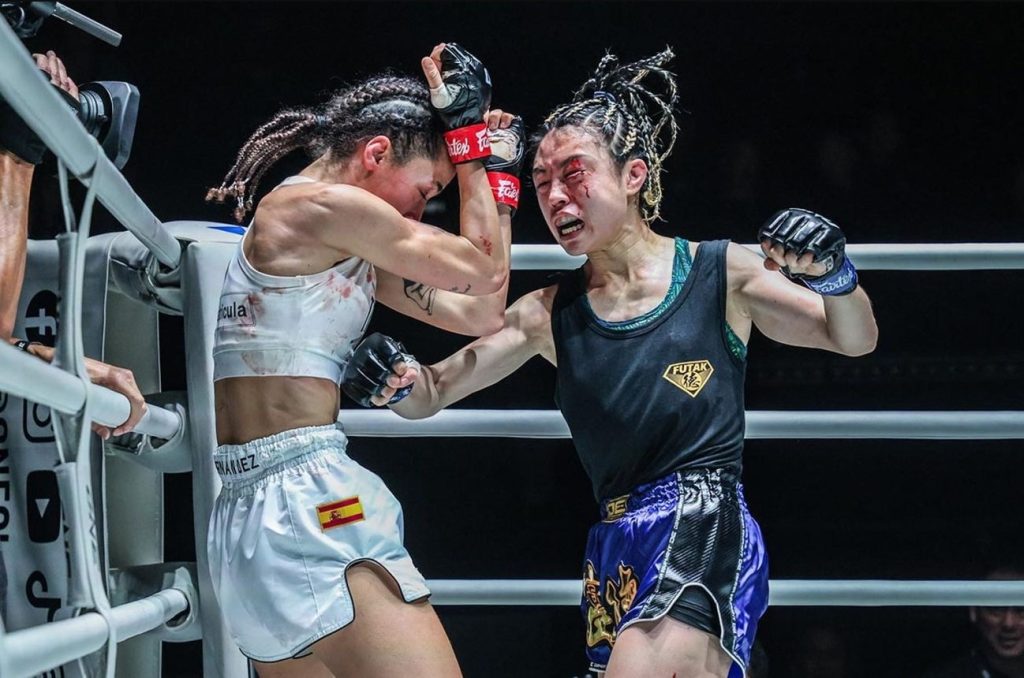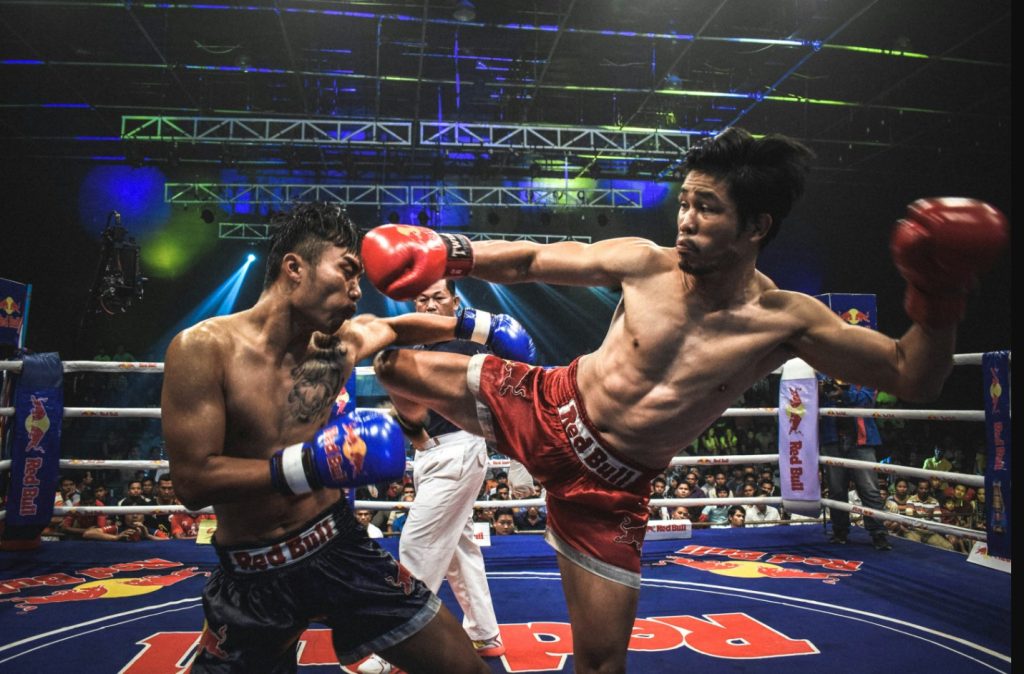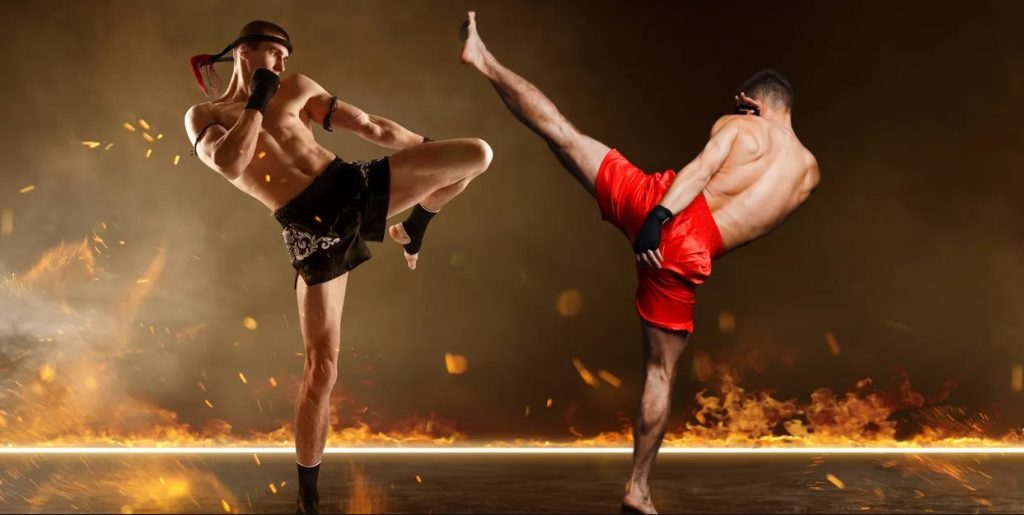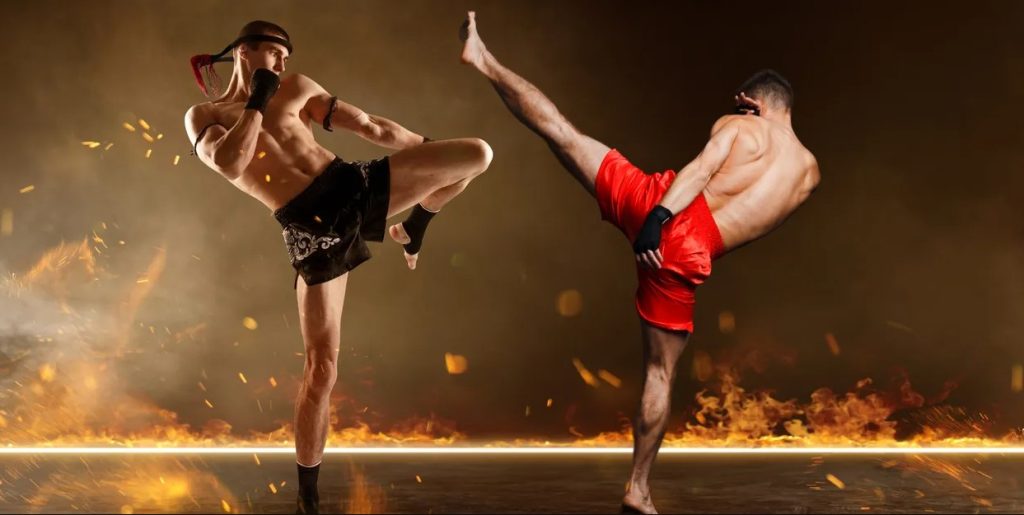Founder : Muay Thai, often called the “Art of Eight Limbs,” is one of the most revered martial arts globally. Known for its effective use of punches, kicks, elbows, and knees, it has evolved into both a combat sport and a cultural symbol of Thailand. But one of the most frequently asked questions is: Who founded Muay Thai?

Table of Contents
Founder : Surprisingly, Muay Thai does not have a single identifiable founder. Instead, it developed over centuries through warfare, military training, and cultural tradition. Its roots stretch deep into Thai history, blending folklore, royal influence, and indigenous fighting styles. In this article, we explore how Muay Thai evolved, the key figures who shaped it, and why it lacks a singular founder like many modern martial arts.
1. Why There Is No Single Founder
Founder : Unlike Japanese martial arts like Judo (founded by Jigoro Kano) or Brazilian Jiu-Jitsu (pioneered by the Gracie family), Muay Thai evolved collectively over time. It was developed by ancient Thai warriors and refined through centuries of warfare and competition. Instead of being founded by a single individual, it was passed down through generations of soldiers, monks, and masters.
2. Historical Origins of Muay Thai

Timeline of Muay Thai Development
| Period | Key Events | Description |
|---|---|---|
| Pre-13th Century | Early Thai tribes’ combat methods | Martial techniques used for self-defense and war |
| Sukhothai Kingdom (1238–1438) | Establishment of formal military training | Combat styles taught in royal military academies |
| Ayutthaya Period (1351–1767) | Rise of Muay Boran | Traditional unarmed fighting style, precursor to Muay Thai |
| 18th Century | Story of Nai Khanom Tom | Legendary figure often misattributed as the founder |
| Rattanakosin Era (1782–1932) | Formalization of Muay Thai | Kings supported and regulated matches, gloves replaced ropes |
| 20th Century | Modernization of the sport | Adoption of boxing rules, rounds, referees, and international fame |
3. Key Figures in the History of Muay Thai
Although no single person can be named as the founder, several historical figures played vital roles in shaping and popularizing the sport.
Influential Figures in Muay Thai History
| Name | Contribution | Era |
|---|---|---|
| Nai Khanom Tom | Thai fighter who defeated 10 Burmese opponents | 18th Century |
| King Naresuan | Promoted hand-to-hand combat in military training | Late 1500s |
| King Prachao Sua (Tiger King) | Participated in Muay Thai matches incognito | Early 1700s |
| Master Kru Ba Krissana | Influential modern-day trainer and promoter | Contemporary |
| Apidej Sit-Hirun | Famous 1960s-70s fighter, known as the “hardest kicker” | Modern Era |
Notable Myth: Nai Khanom Tom
He is often referred to as the “Father of Muay Thai” due to his legendary feat of defeating 10 Burmese fighters in a row during captivity in 1774. However, he did not invent Muay Thai. His role was more of a national hero who demonstrated the effectiveness of the art rather than someone who formalized or founded it.
4. Evolution from Muay Boran to Muay Thai

Muay Thai evolved from Muay Boran, an older, more brutal form of hand-to-hand combat used by Thai warriors in battle.
Comparison Between Muay Boran and Muay Thai
| Feature | Muay Boran | Modern Muay Thai |
|---|---|---|
| Use of gloves | No (ropes or bare hands) | Yes (padded boxing gloves) |
| Protective gear | None | Gloves, mouth guards, groin protection |
| Competition style | Informal or ceremonial | Regulated with rounds and scoring |
| Lethality | Designed to disable or kill | Sport-focused with rules |
| Training method | Traditional and ritualistic | Scientific and systematic |
5. Cultural Roots and Rituals
This cultural depth again reflects that Muay Thai is not the invention of one person, but a product of Thailand’s national identity.
6. Government and Military Influence
Muay Thai was used extensively in the training of soldiers. During various Thai kingdoms, such as Sukhothai and Ayutthaya, hand-to-hand combat skills were considered essential for warriors.
Even today, Muay Thai is part of the Royal Thai Army’s physical training curriculum, further embedding it into the country’s history and government institutions.
7. Globalization and Modernization

In the 20th and 21st centuries, Muay Thai saw a significant transformation:
- Introduction of Western boxing gloves
- Standardized rules and referees
- Creation of gyms and training camps across Thailand
- International competitions and Olympic lobbying
Organizations like IFMA (International Federation of Muaythai Associations) and WBC Muay Thai have worked to bring global structure and recognition to the sport.
8. Muay Thai Today
Today, Muay Thai is practiced by millions around the world for:
- Self-defense
- Professional fighting
- Fitness and health
- Cultural appreciation
Global Impact of Muay Thai
| Region | Notable Development |
|---|---|
| United States | Widespread use in MMA and UFC training camps |
| Europe | Regular championships and Muay Thai gyms |
| Japan | Integration with Kickboxing (K-1) |
| Middle East | Growing in popularity due to combat sports demand |
| Latin America | Used in police and military self-defense training |
A Martial Art Shaped by Many, Not One

In conclusion, Muay Thai does not have a singular founder. It is a collective creation — the result of generations of Thai warriors, kings, monks, and modern athletes who passed down and refined the art. While figures like Nai Khanom Tom are celebrated in folklore, and King Prachao Sua helped popularize it, no single person can claim to be the “founder” in the conventional sense.
Instead, Muay Thai is a living legacy — one shaped by a nation’s history, culture, and resilience. Its journey from battlefield technique to Olympic sport mirrors Thailand’s own evolution, making it not just a combat style, but a cornerstone of national pride.


